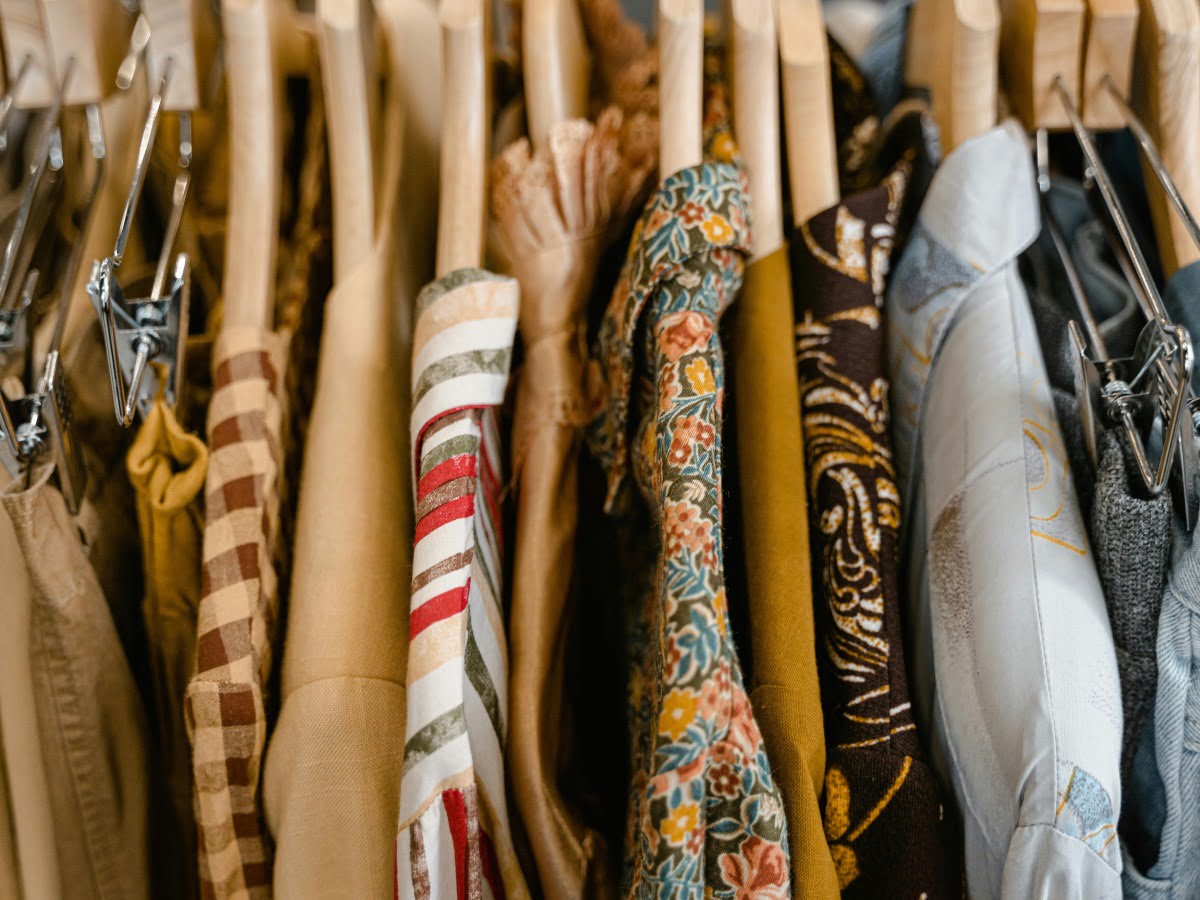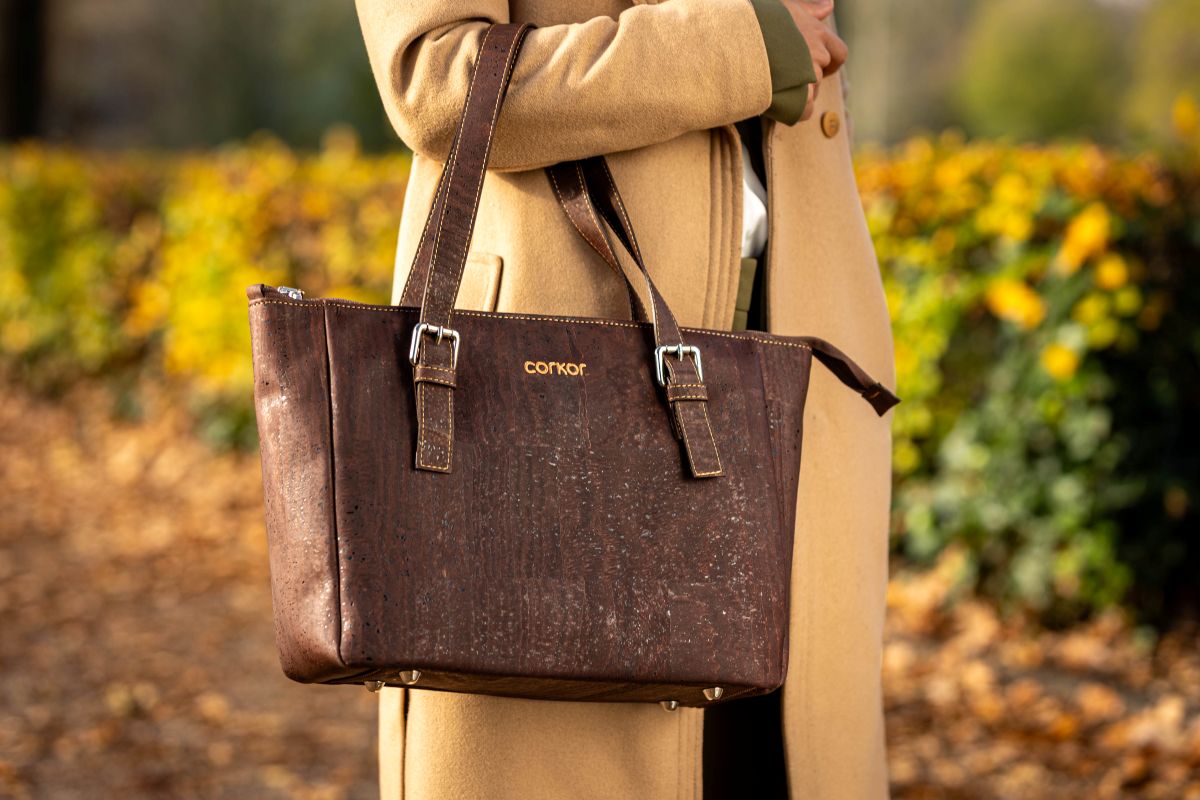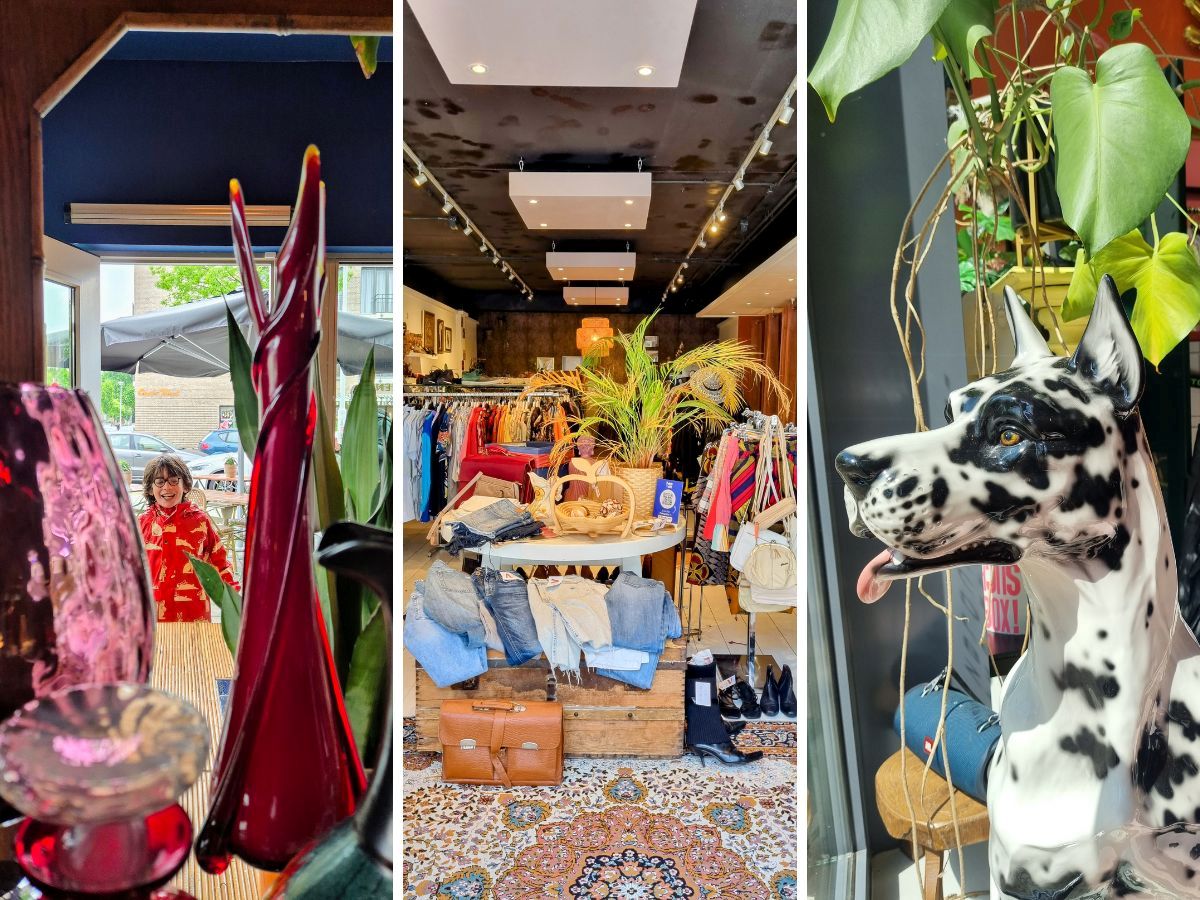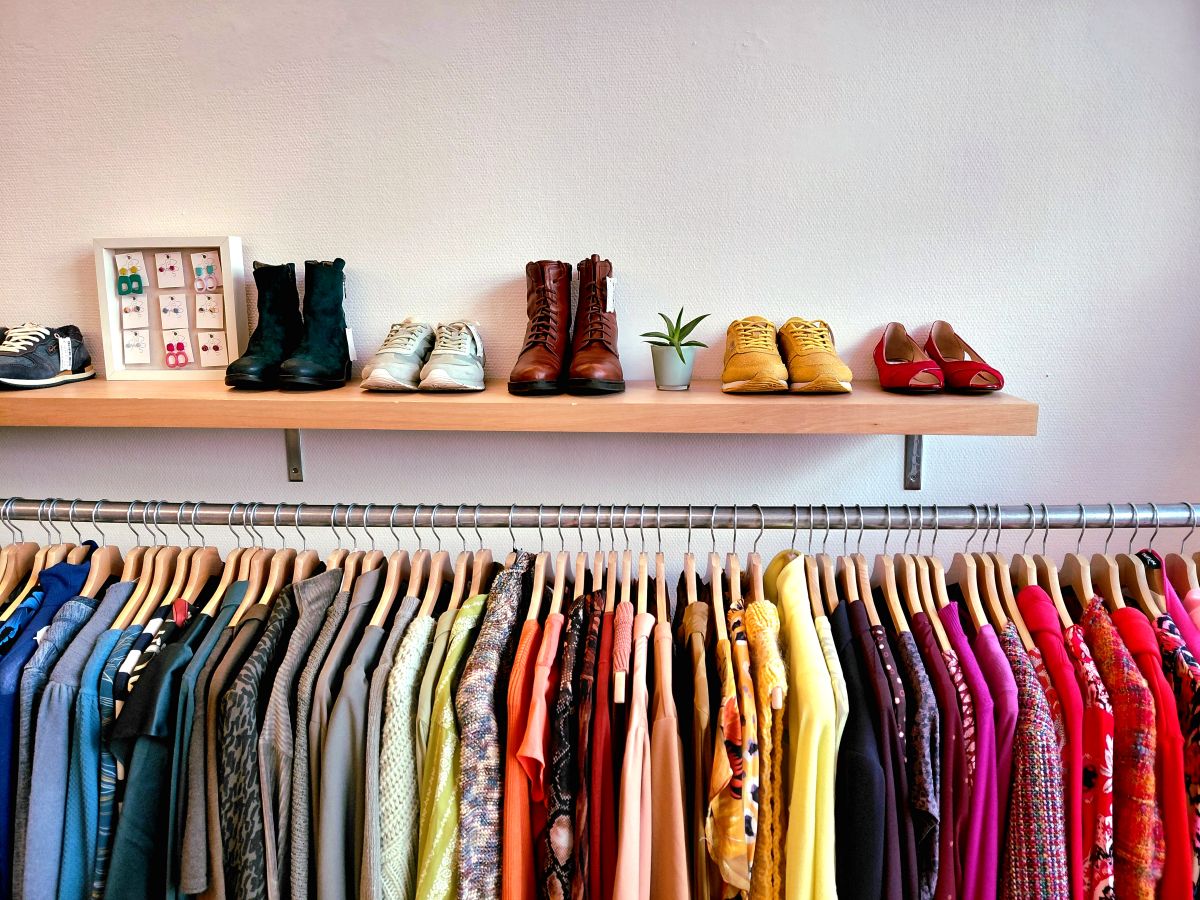Very cosy all those bright colours and prints in your wardrobe, but where do those bright colours actually come from? That story is often a bit less cheerful. Dyeing clothes usually involves a lot of chemicals. We hardly notice this, but the environment and the local population in the areas where the clothes are produced often suffer. Can't we do things differently? Thegreenlist.nl delved into the world of textile dyes and went in search of more sustainable alternatives.
The dark side of all those pretty colours in your closet
If you buy new clothes, the advice is to wash them first because of the toxic substances they contain after production. A big factor here is the dye used to colour the clothes. If we can already be affected by these chemicals, what about the people who produce our clothes? And what happens to the chemical waste caused by dyeing textiles? We probably don't need to tell you anymore that most of our clothes are produced far away and under poor conditions for people and the environment. Workers getting deathly ill, coloured rivers and minor environmental disasters because we want to hang cute colours in our wardrobes? We should be able to change that!
How are clothes dyed?
Roughly speaking, there are two types of paint used for dyeing clothes: synthetic paint and natural paint. We will go into a little more detail on natural textile dyes later, but first let's look at synthetic textile dyes.
Synthetic textile paint is usually made from petroleum and is a lot cheaper than natural paint. Since most of the clothes sold are fast fashion, it will not surprise you that synthetic dye is used much more often than natural dye. Another advantage of synthetic textile dye is that you are not only bound to natural colours and so other colours are also possible. Do you have a garment with a bright neon colour? Then you can assume it has been coloured with synthetic dye. Synthetic dye also adheres more easily to clothes and so you are less likely to wash it out. Add to this the fact that synthetic textile dye makes it easier to colour synthetic materials, such as polyester, and we understand why synthetic dye is often used. Only unfortunately, there are also major drawbacks to synthetic textile dyes.



You can also make lots of colours with natural pigments. Roua gives workshops in these. One of her favourite colours is indigo (blue).
The dark side of all those bright colours
So synthetic textile dye has many advantages, but at what price? The fact that we have such an awful lot of choice of cheap clothes with all the colours of the rainbow is because local people and the environment in the areas where the clothes are produced suffer greatly. About 20% of industrial water pollution is caused by dyeing textiles. This is due not only to harmful dyes, but also to bleaches and finishing agents, for example. Because regulations and controls are poor in most countries where our clothes are made, wastewater often ends up directly in local rivers. The negative consequences for local people, flora and fauna are great. Drinking water is polluted and people working in the factories usually come into daily contact with toxic substances. Reason enough to look for alternatives to synthetic textile dyes.
Sustainable alternatives to textile dyes
Undyed or second-hand clothes
The easiest and most sustainable way is to simply not dye clothes. This saves a lot of chemicals and water during the production process. Cotton and linen then have a beige colour, for example, and wool comes in different shades of beige, grey and brown. There are some brands that also have an undyed collection, such as Armed Angels, MUD Jeans and Hess Natur. Still, we can very well understand that you would also like to add some more colourful items to your wardrobe. Of course, the most sustainable way to do this is by buying clothes second-hand, which we previously shared tips on. But if you are really looking for something new, or if you like to buy sustainable clothes second-hand, we have a few tips for you here.


Undyed cotton has a beige colour (left) and you can also use durable textile dye to create the most beautiful colours (right).
Durable textile paint
Besides the chemical dyes often used for fast fashion items, clothes can also be given a beautiful colour by natural dyes. Everyone knows the colour indigo from jeans and, before the advent of synthetic dyes, it was extracted from plants. Avocado seeds make for a cool pink colour, onion skins can turn textiles yellow or red, and the rust of a nail creates grey or purple. And there are many more everyday products that can serve as the basis for textile dyes. In this respect, natural dyes are a lot more sustainable than synthetic dyes that are often derived from petroleum, but they usually require more water. Fortunately, there are also more and more other sustainable alternatives for dyeing clothes such as with bacteria, fungi or CO2. Epson's textile printer is another smart invention: allows textiles to be dyed with significantly less water consumption.
Of course, it is also possible to use synthetic paint responsibly. If the workers are well protected and the waste water is handled properly, this can also be a more sustainable choice. Clothing brands that dye their clothes in a more sustainable way will certainly mention this. Also, labels such as GOTS, OEKO-TEX, bluesign and Cradle to Cradle, help because they include chemicals and dyes in their checks. With the GOTS label, you can also assume that the textile fibres are organically grown and working conditions are OK.
Examples of brands using more sustainable textile paints are MUD Jeans, Thinking Mu, Alchemist and People Tree.
Dyeing your own clothes
Do you have a light-coloured item that you would like to give some more colour? Then you can also choose to dye it yourself with natural paint. There are plenty of natural materials that provide beautiful colours or how about creating patterns by using flowers as stamps or wrapping the garment with rubber bands and marbles. In short, the possibilities with natural dyeing are endless. If you want to get started yourself, you can do so in the Roua studio in Amsterdam or with This DIY we shared earlier.
Will you choose sustainable textile paint from now on?
With sustainable clothing, people often talk about the material of the clothes spoken of. But how clothes are dyed also has a big impact on the environment and the people who make our clothes. Fortunately, there are more and more sustainable brands that use sustainable textile dyes, so that only our clothes get a happy colour and not the rivers in the countries where our clothes are produced. And maybe we should also start looking at colour differently and not expect our clothes to have bright neon colours that don't fade but instead see the beauty of natural colours and see it as something positive and exciting when the colour of your clothes fades over time.
Sources: Sophie Stone, COSH!, NOS, One World, you&we, wherein. Photo credits: main image: Mart Production (Pexels), fabric cut: Cottonbro (Pexels), other photos: thegreenlist.nl.












